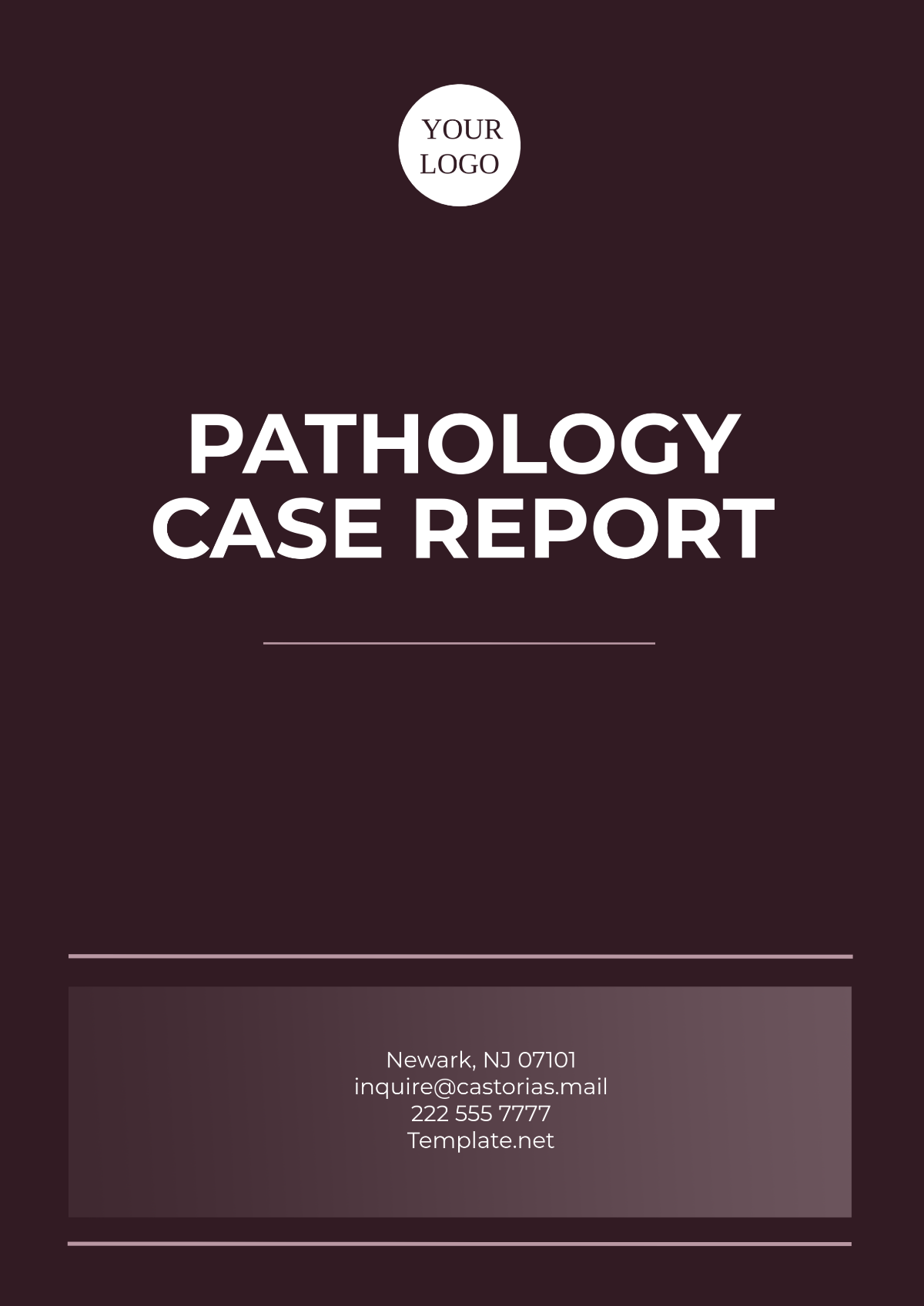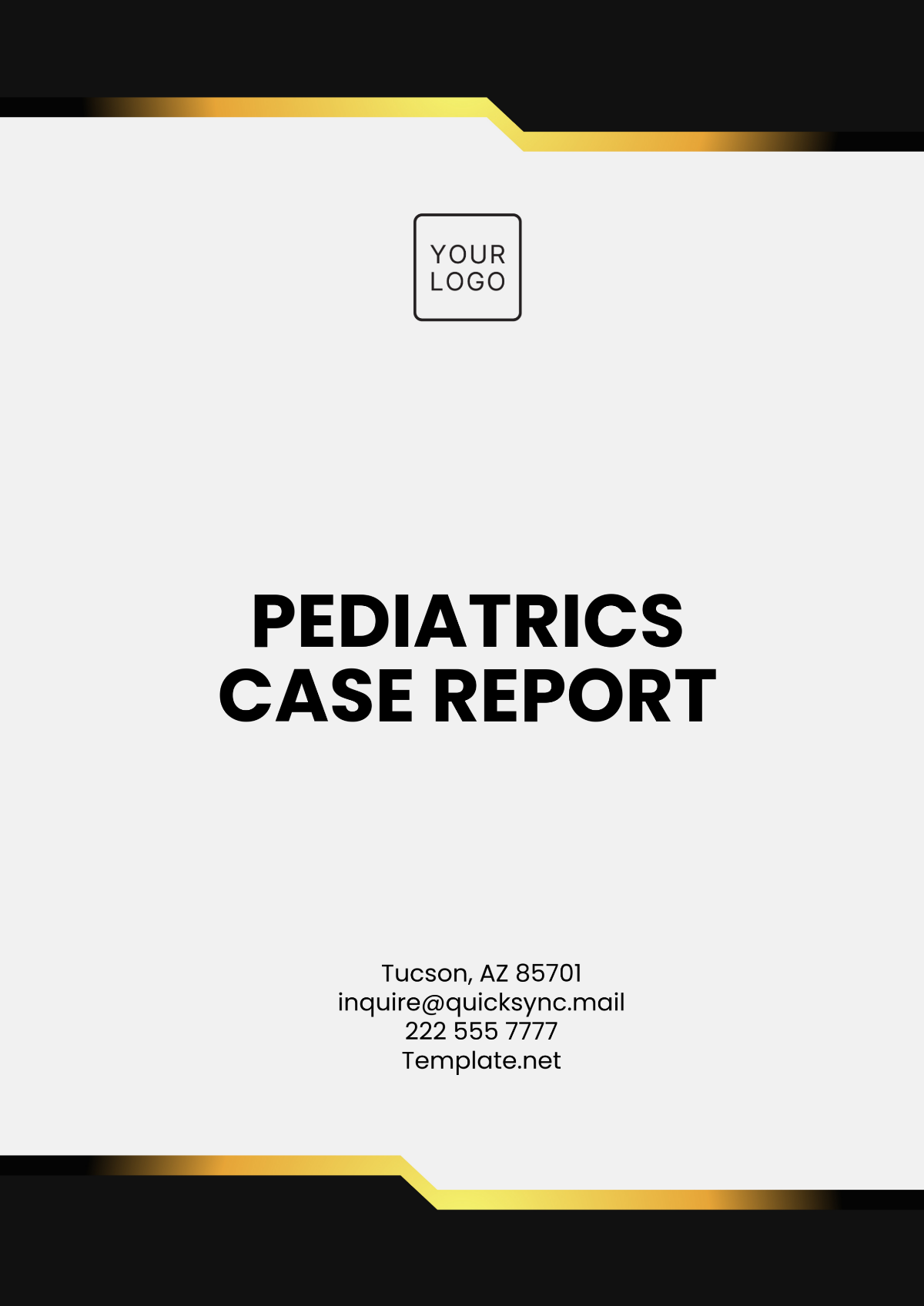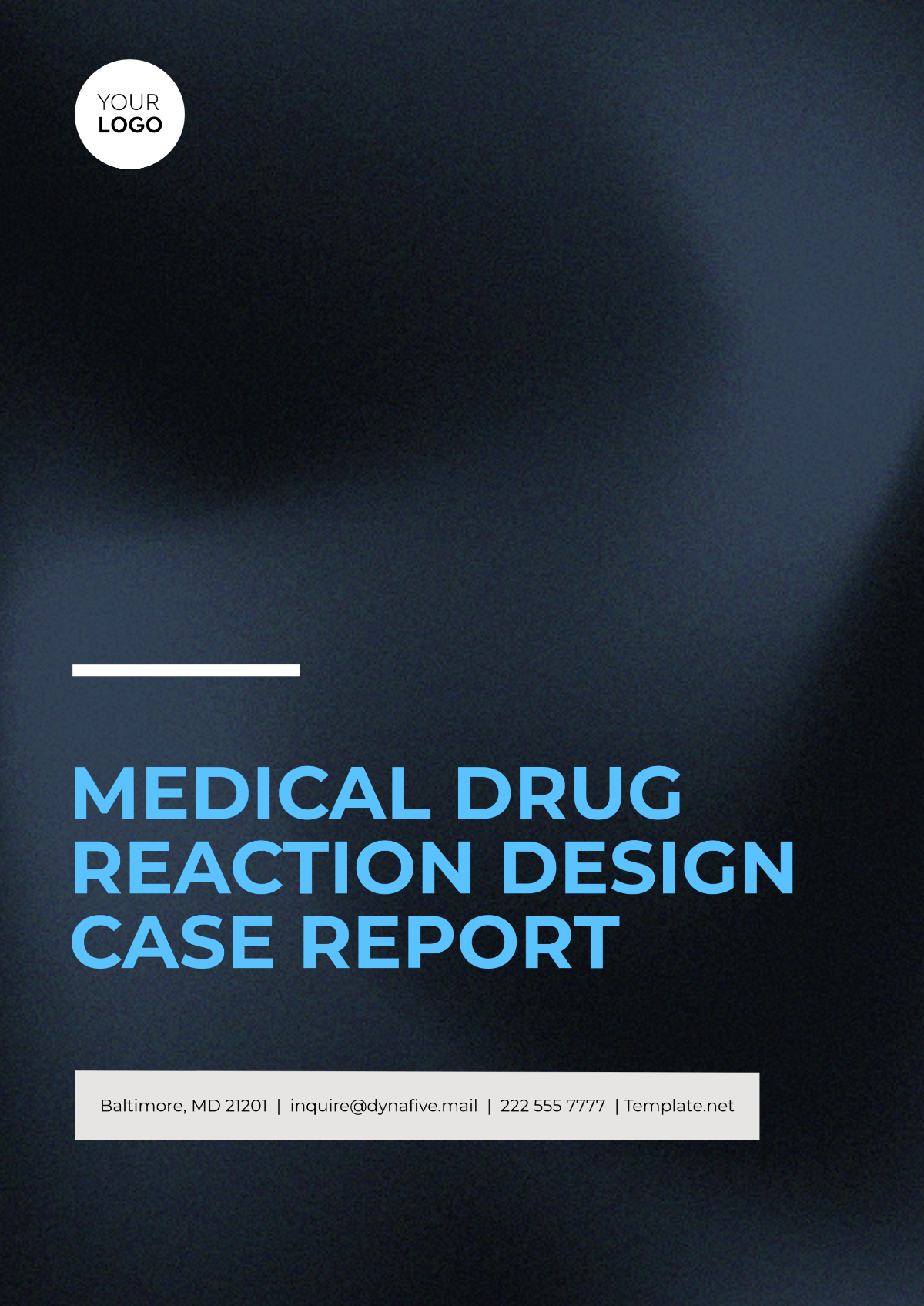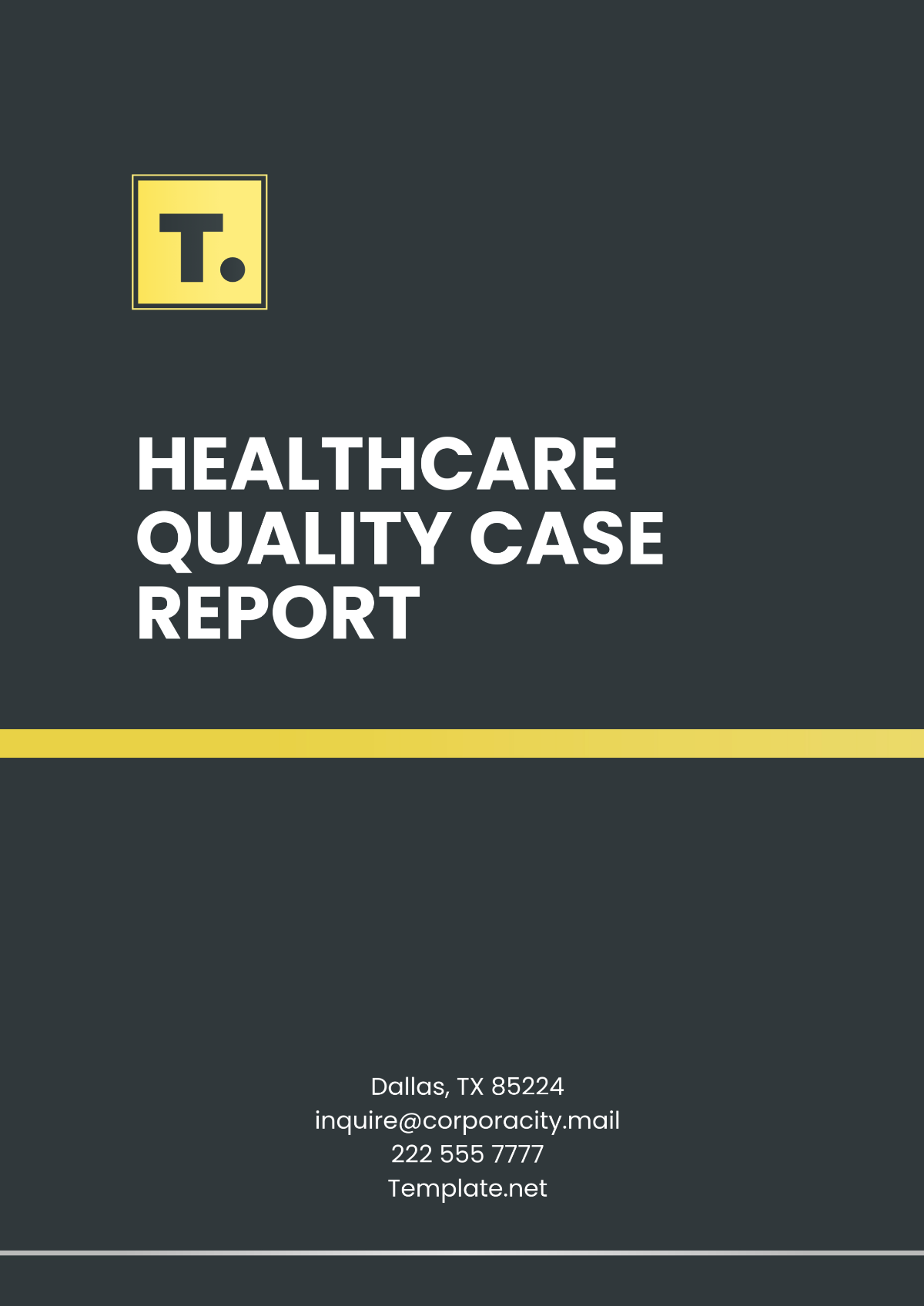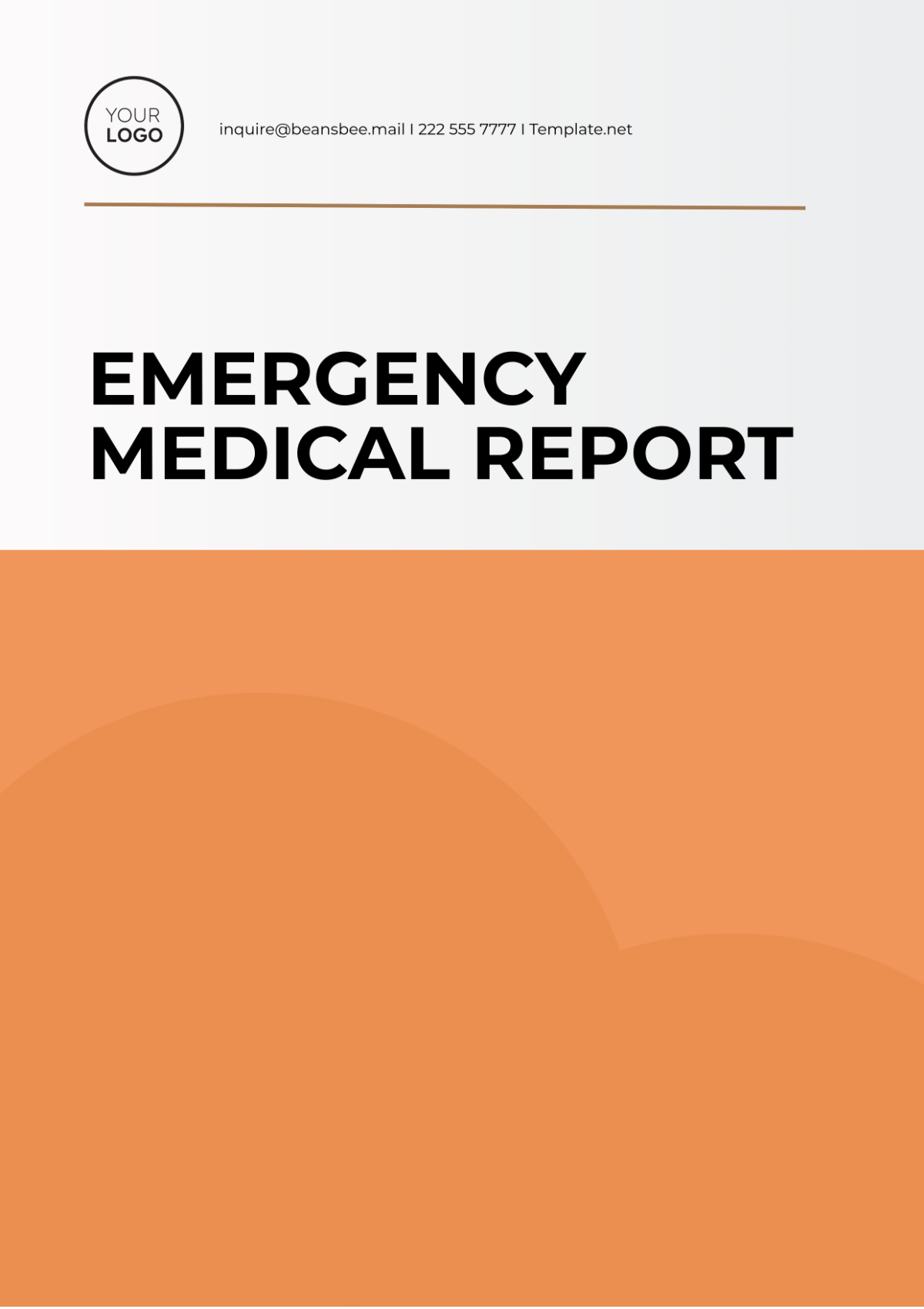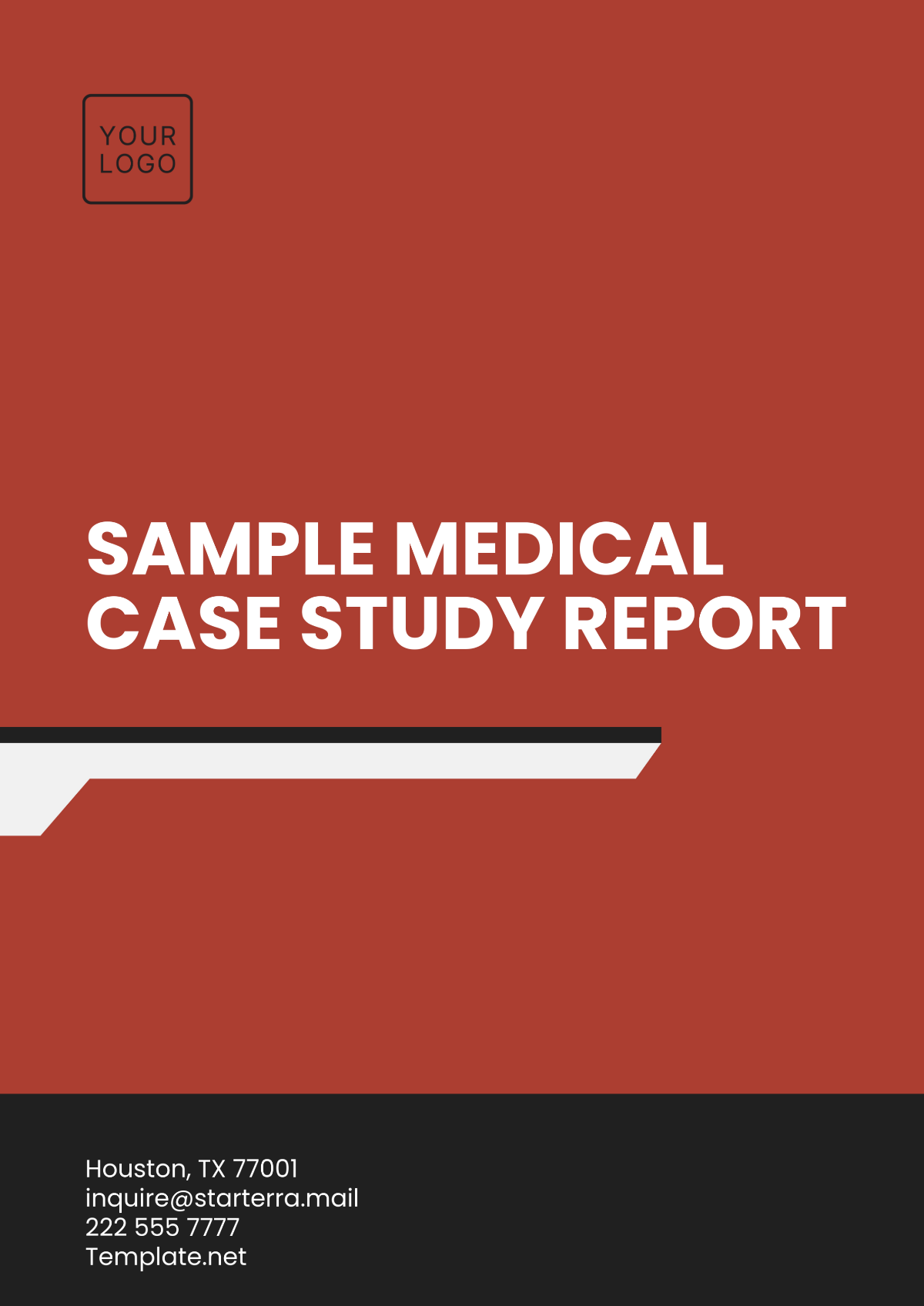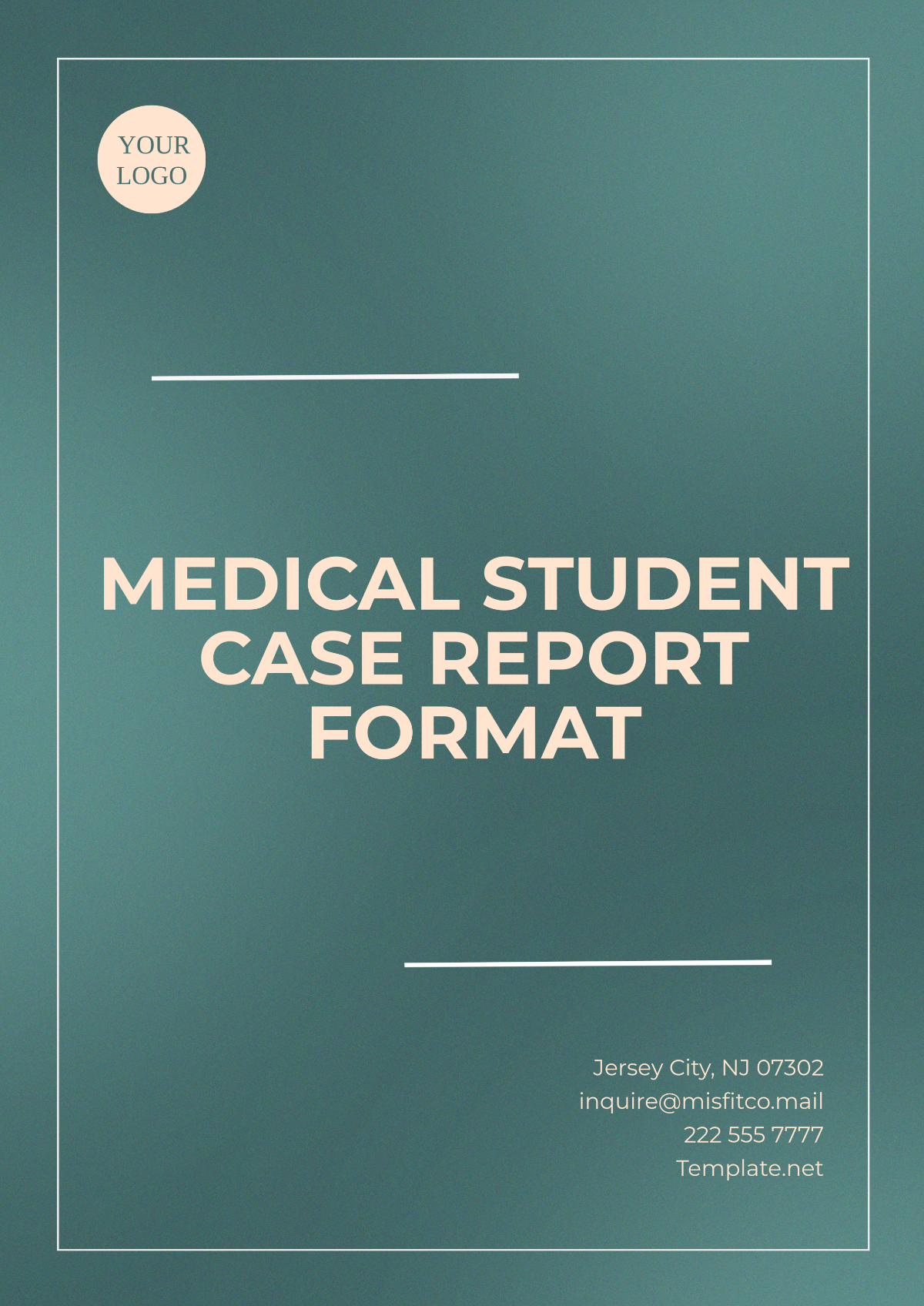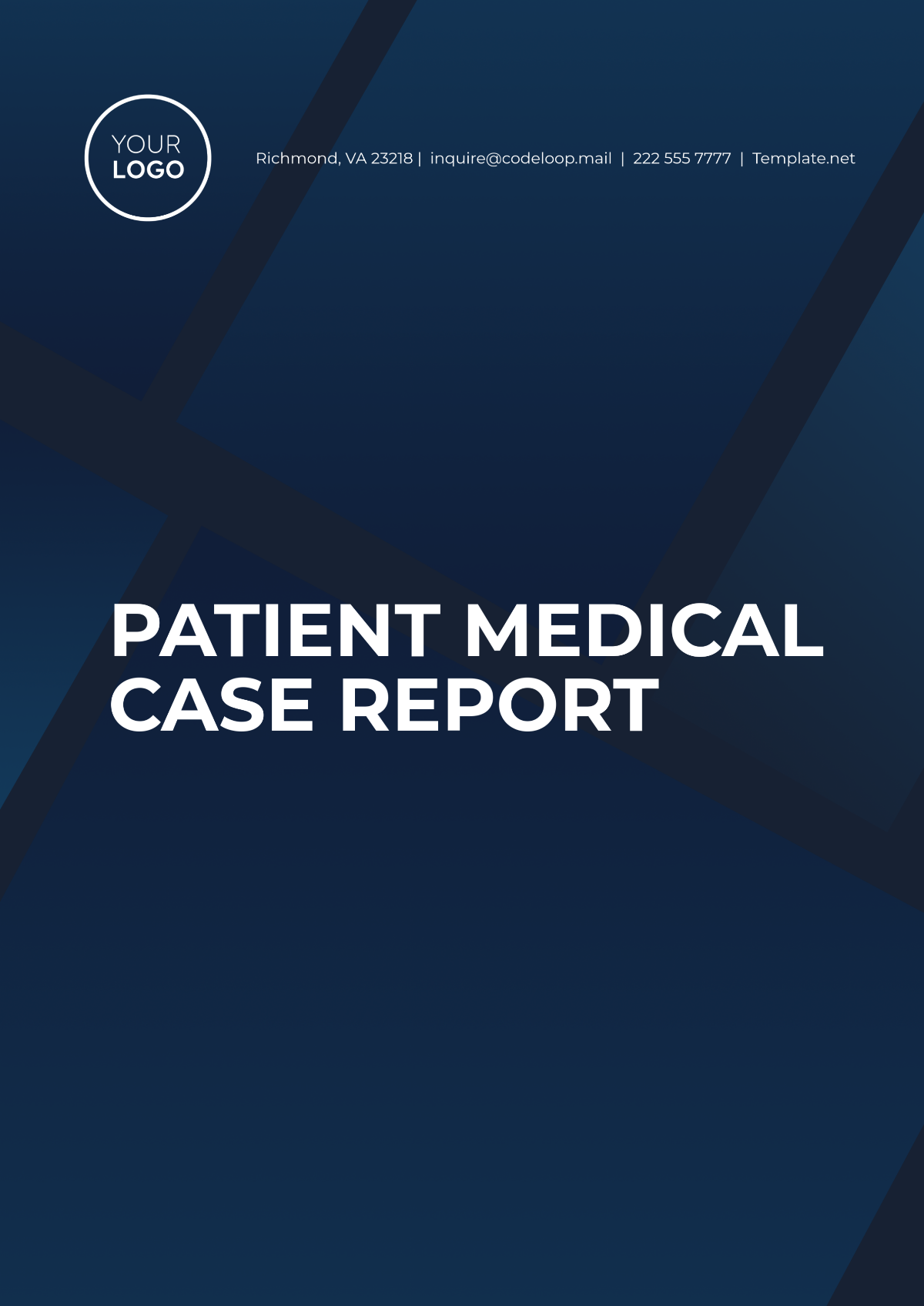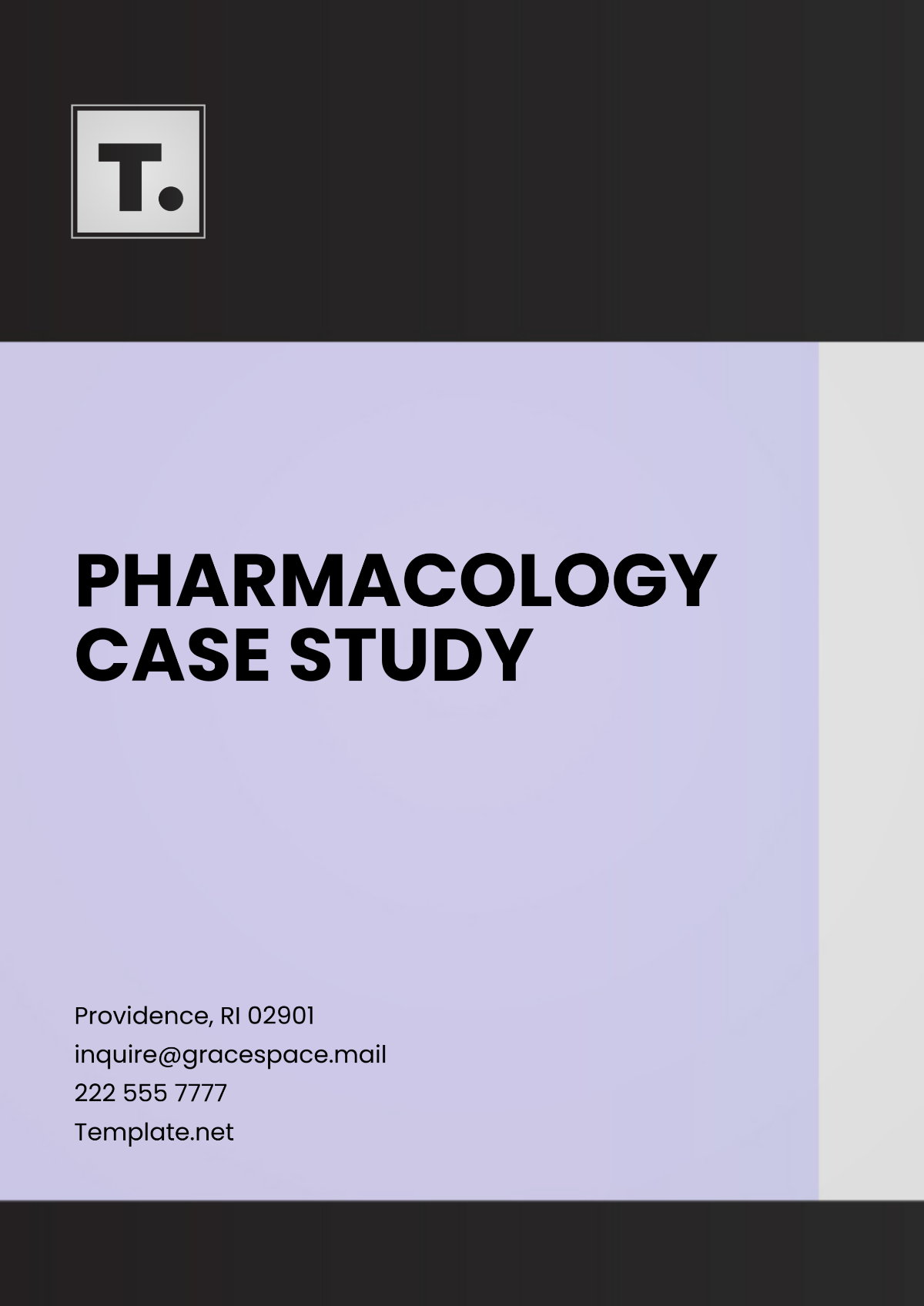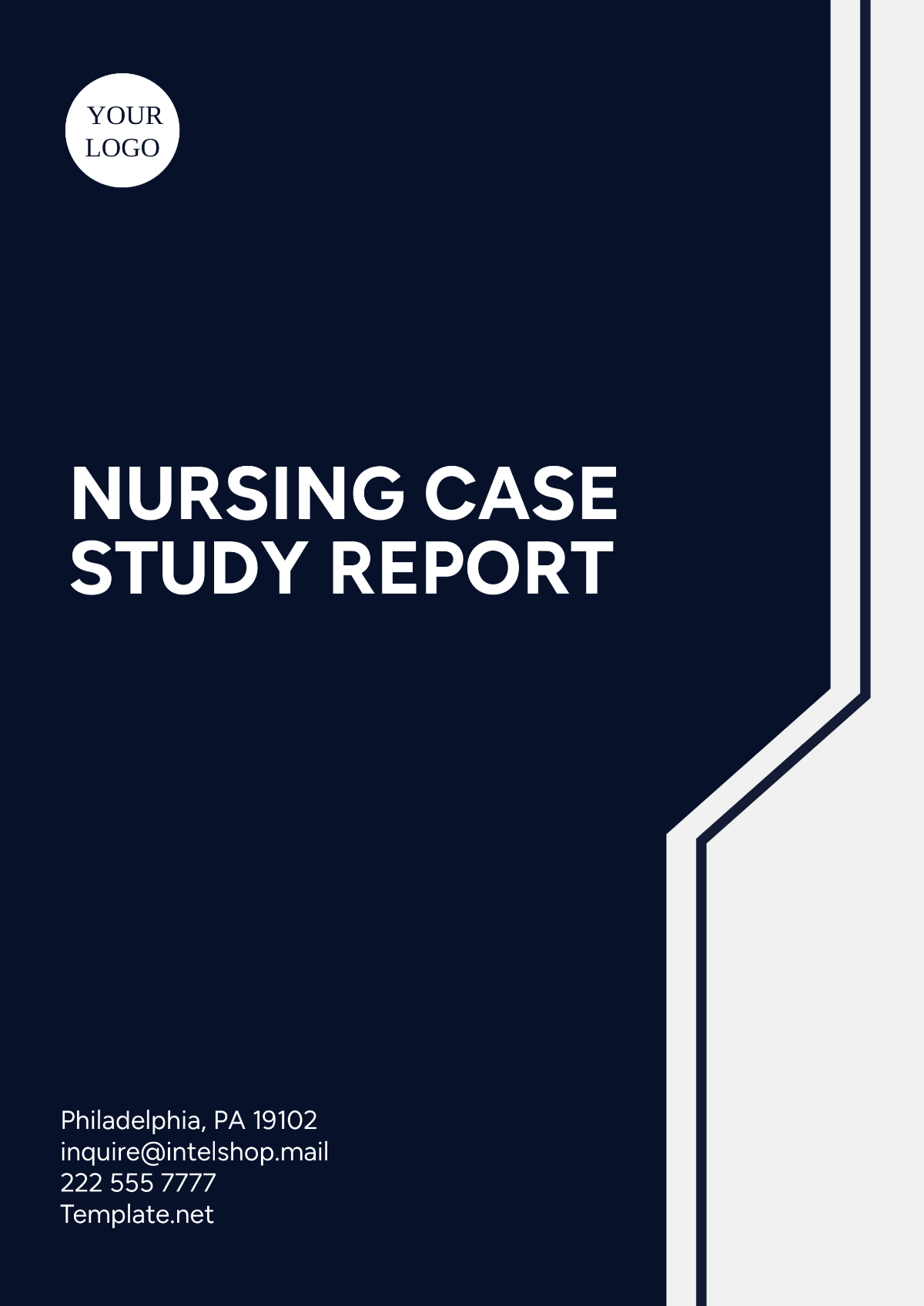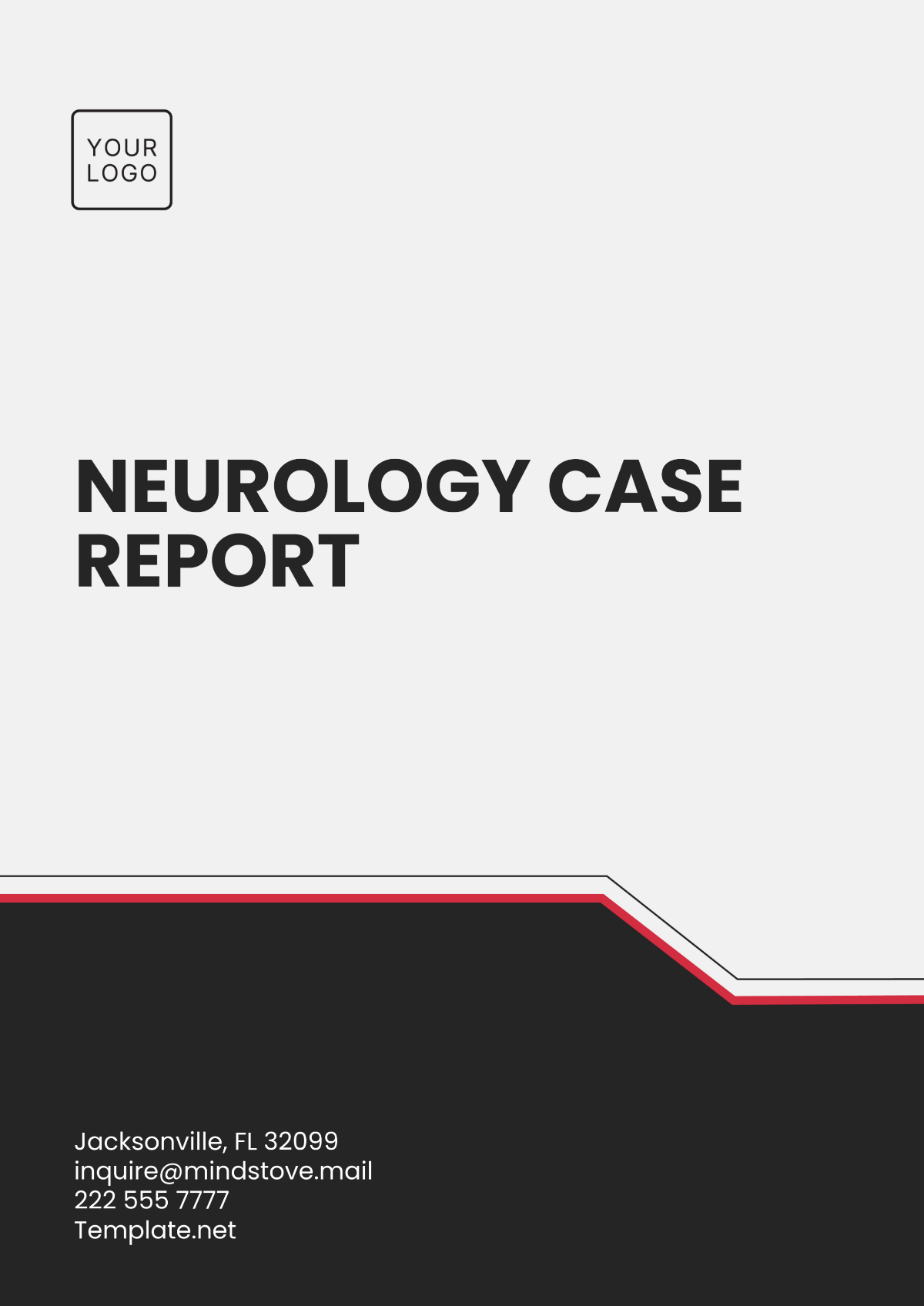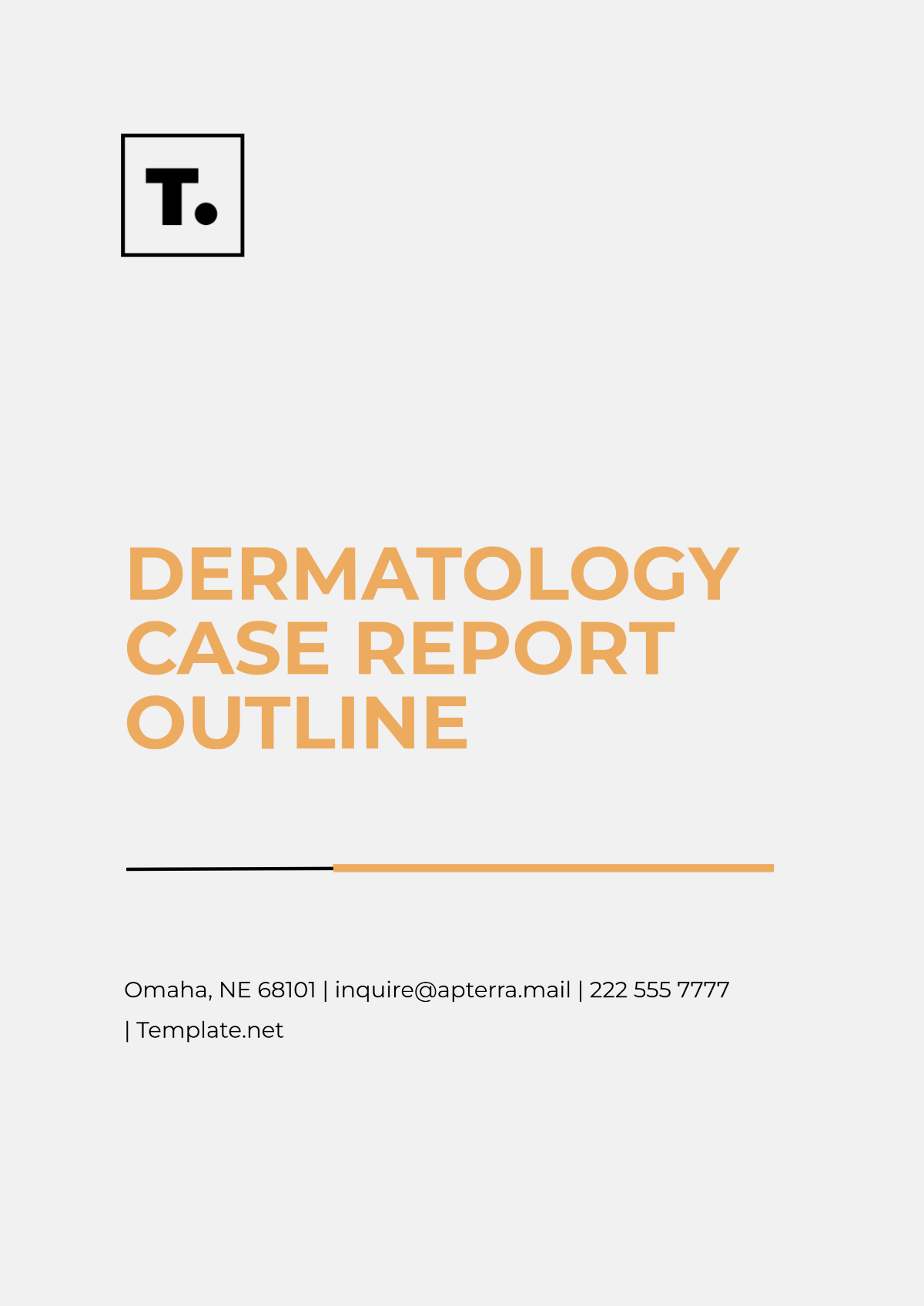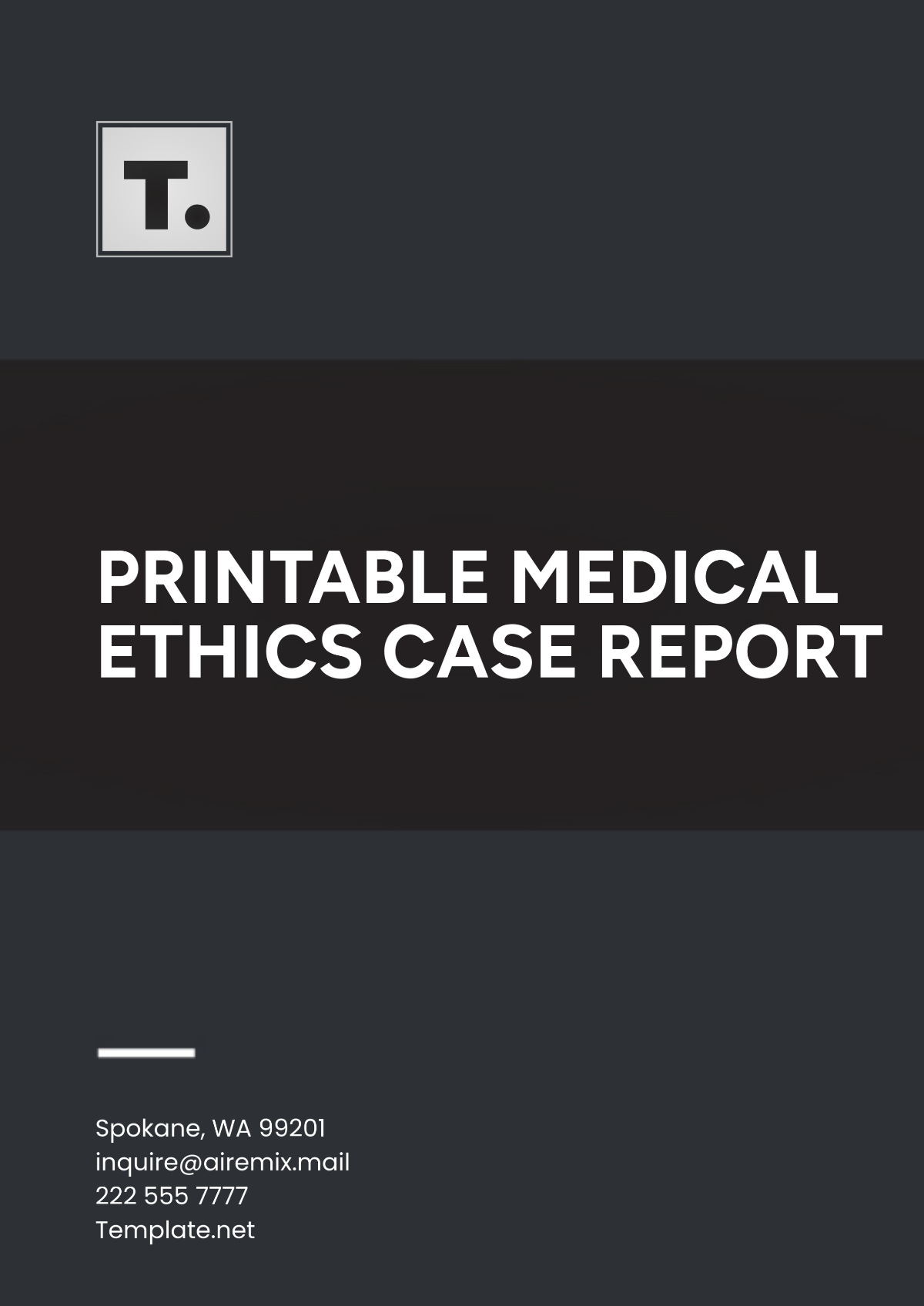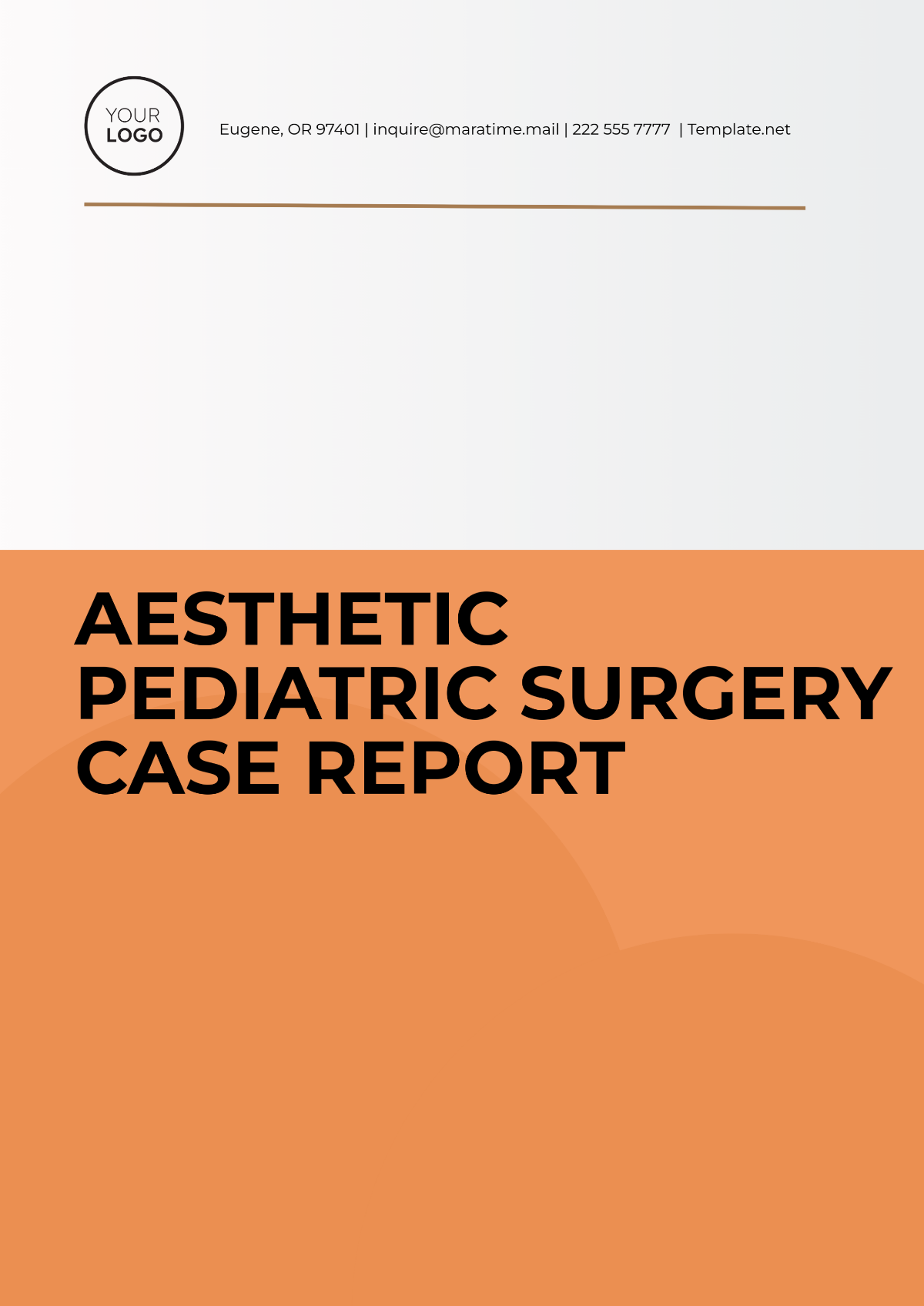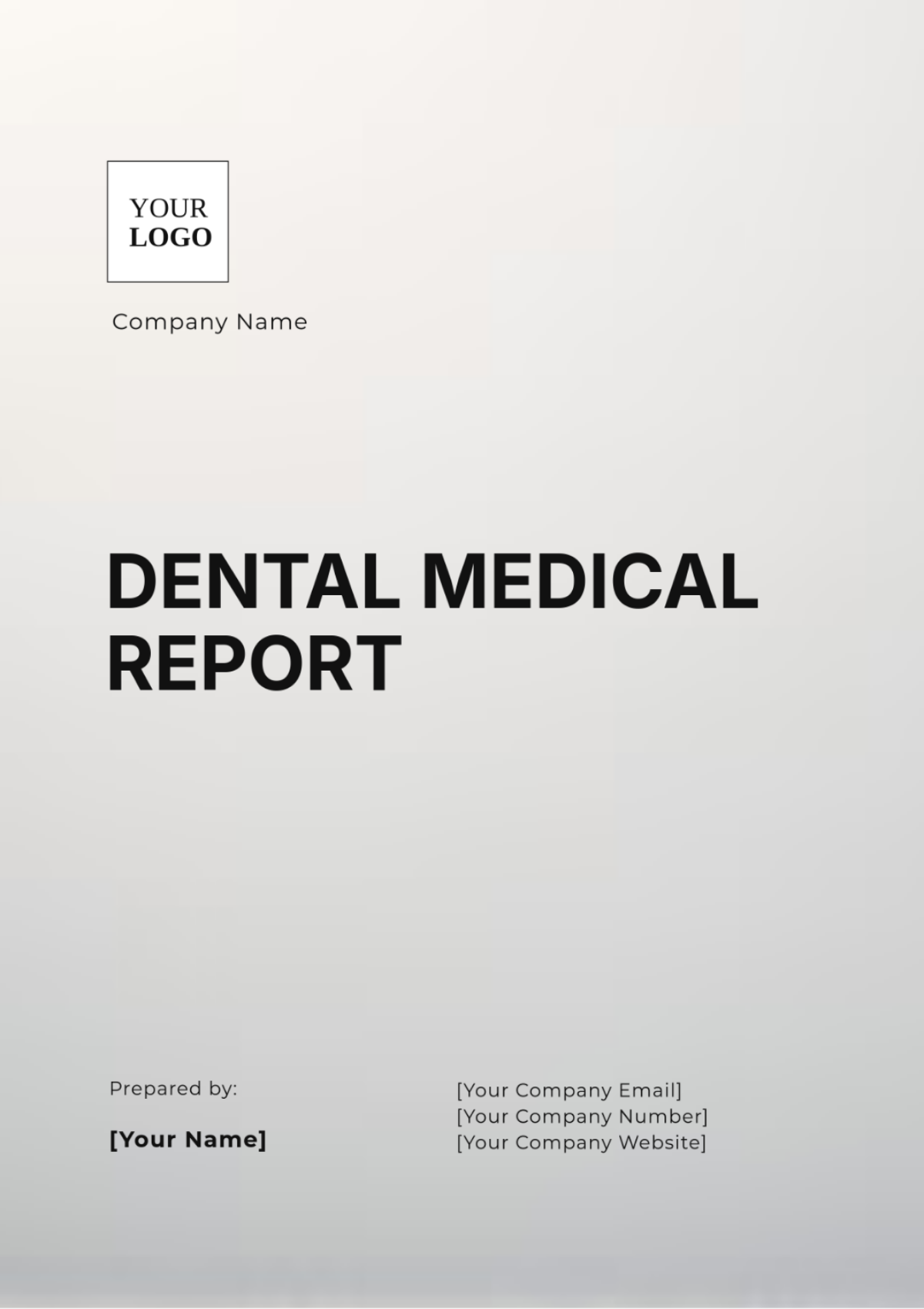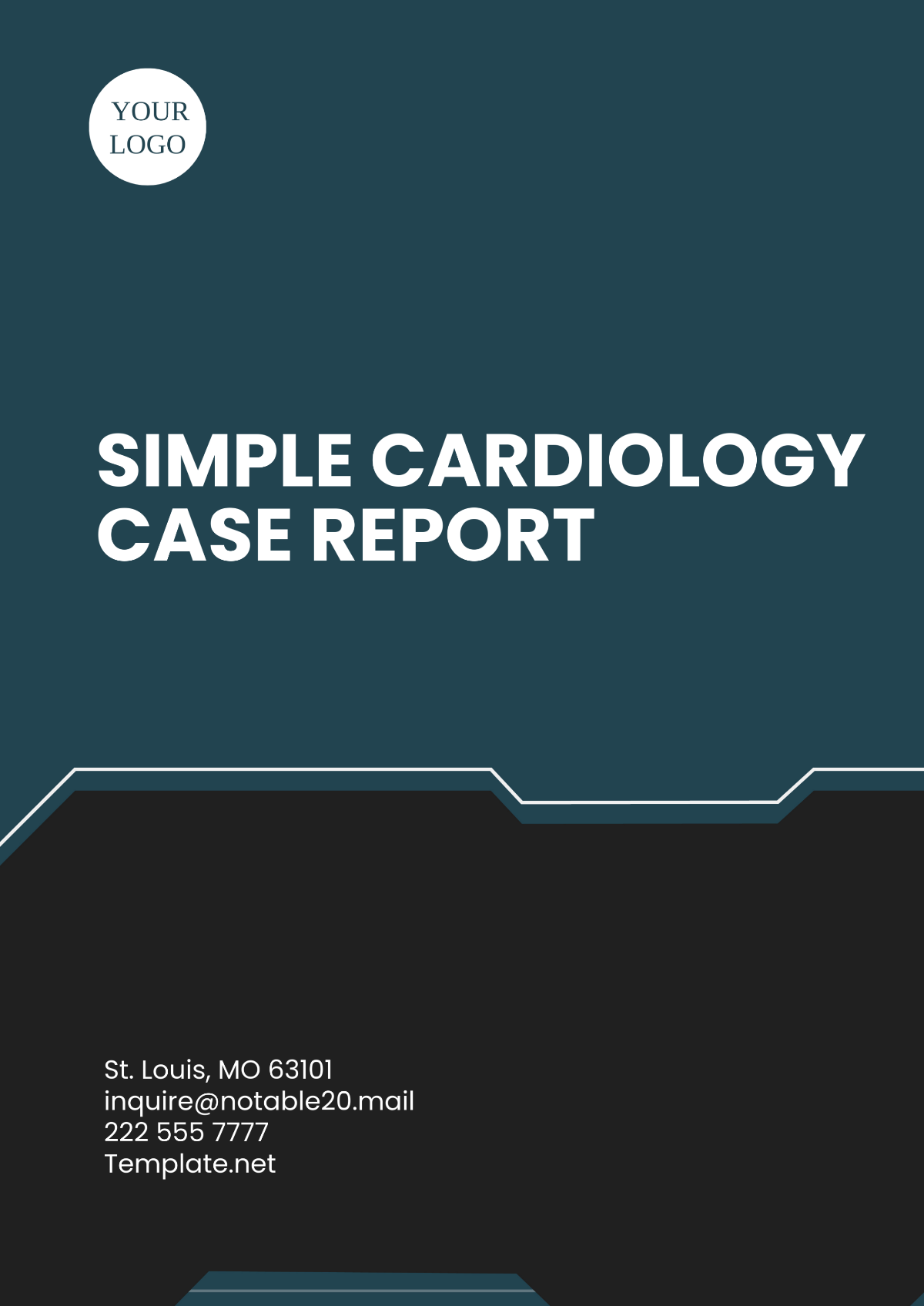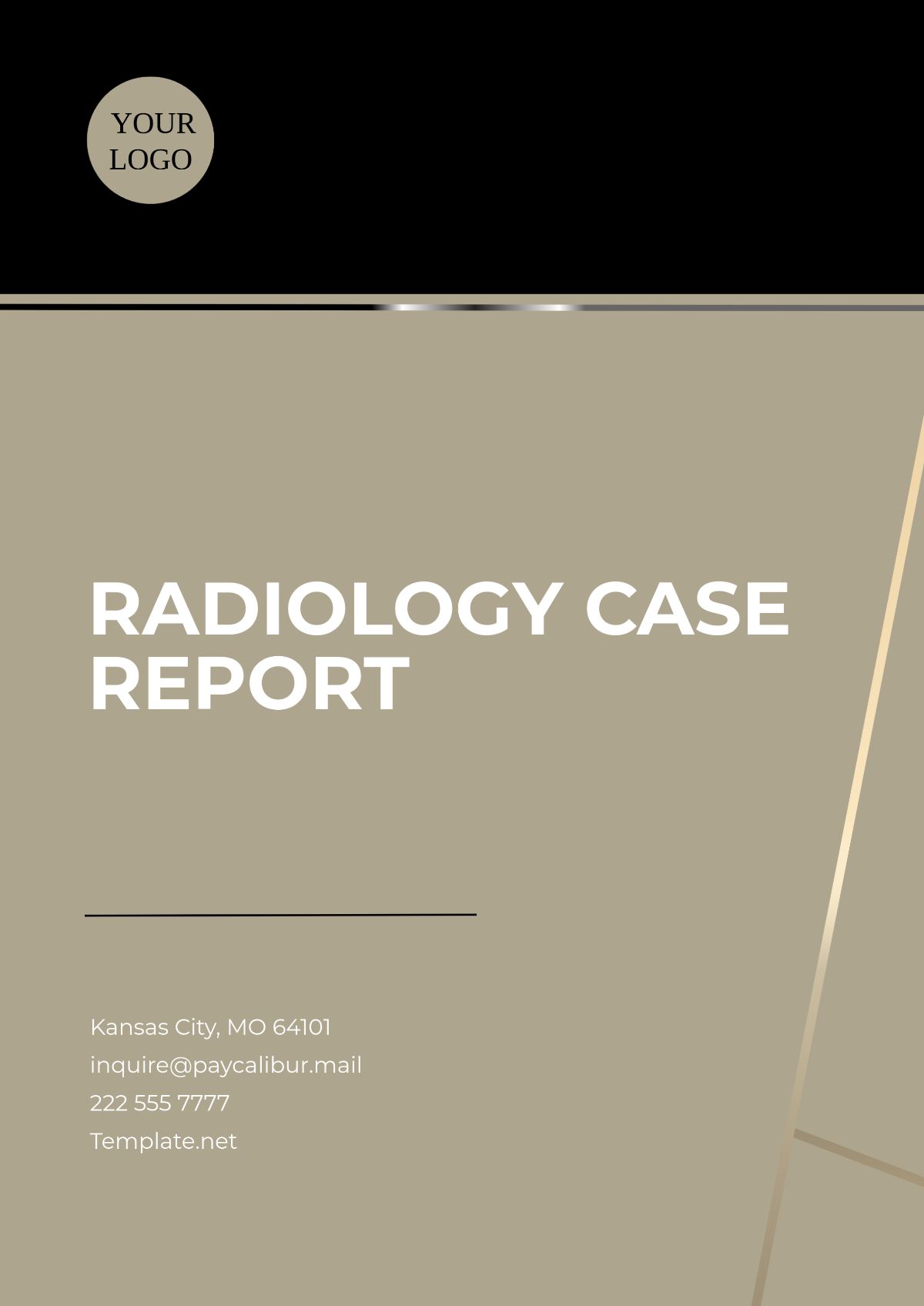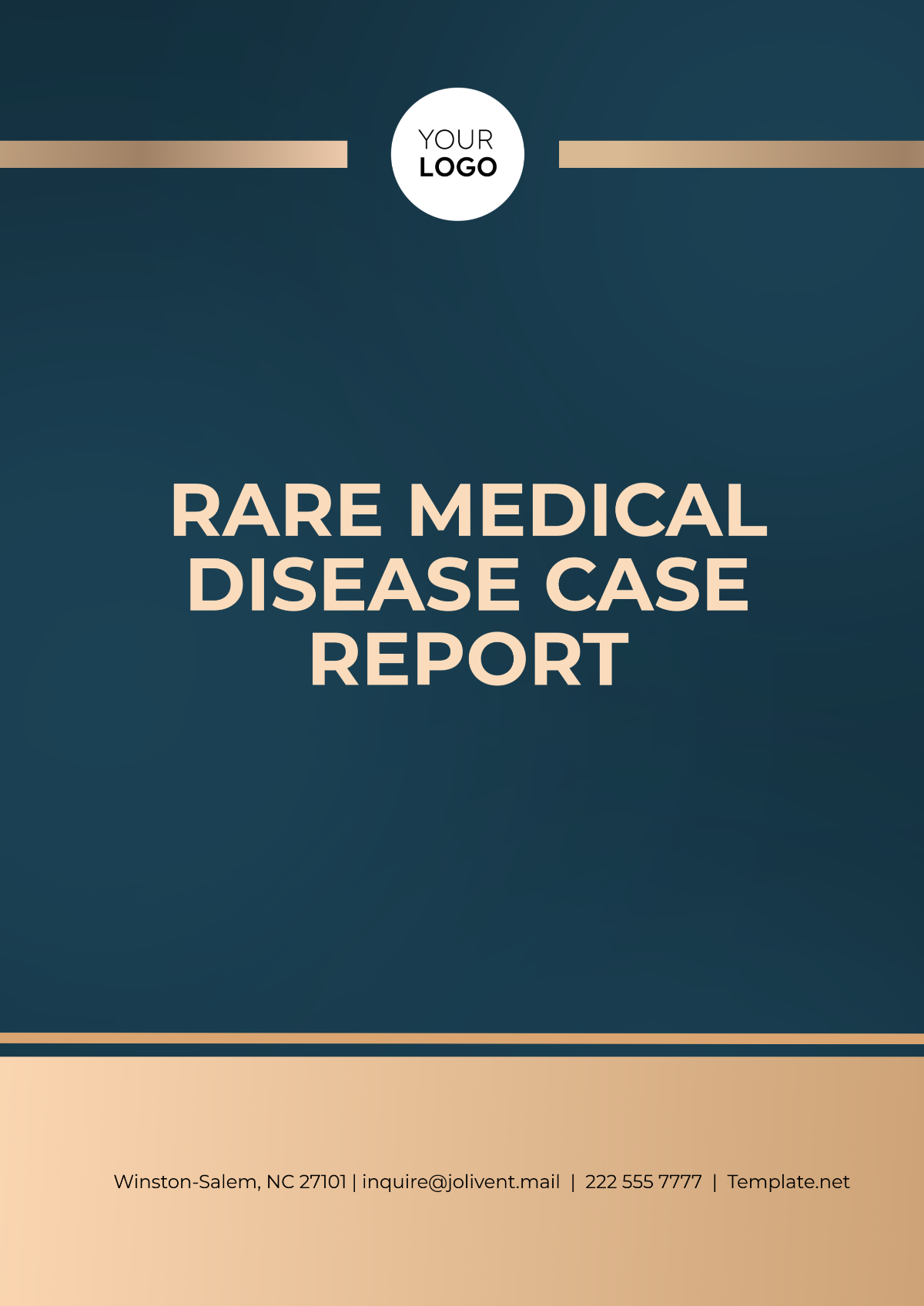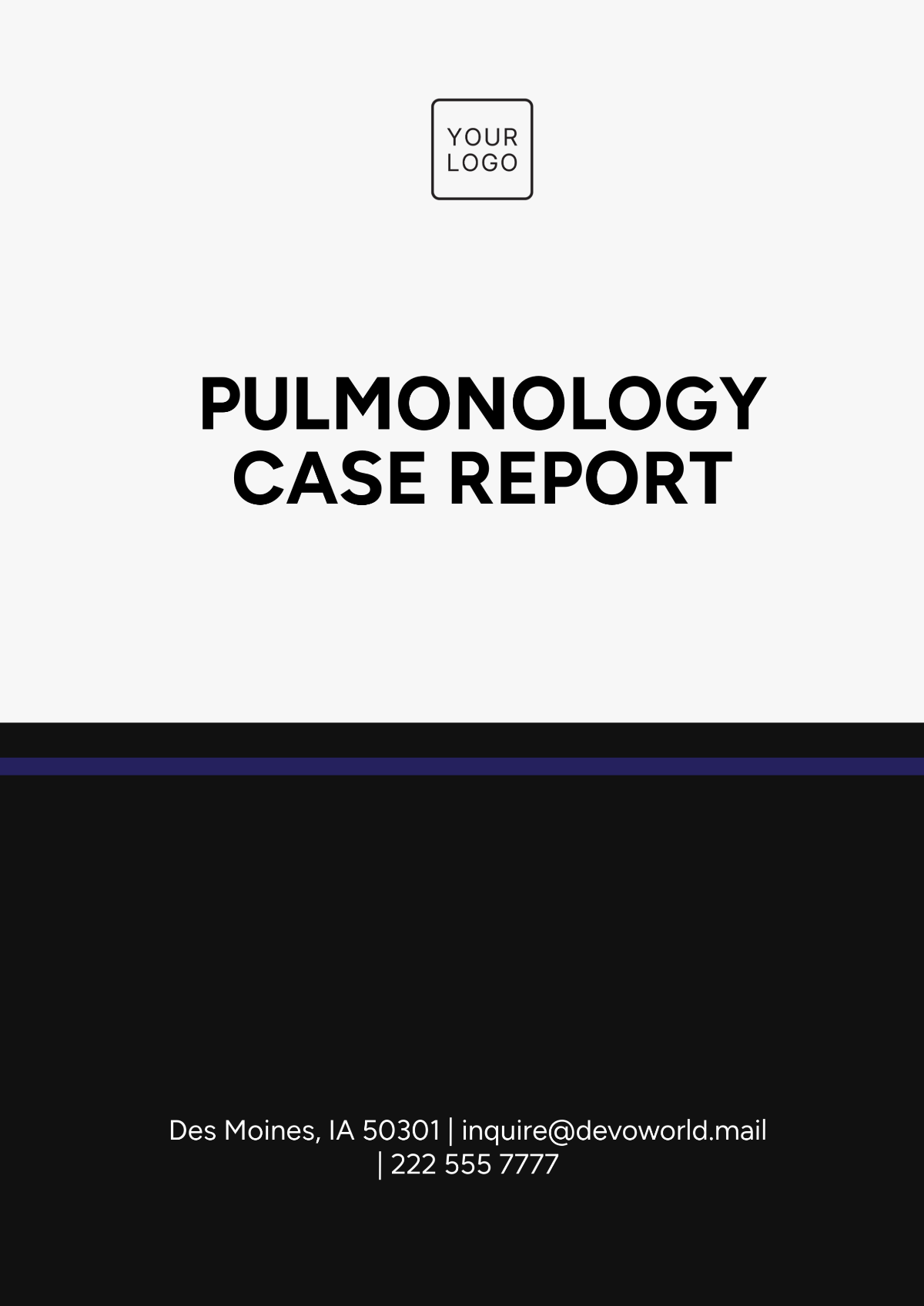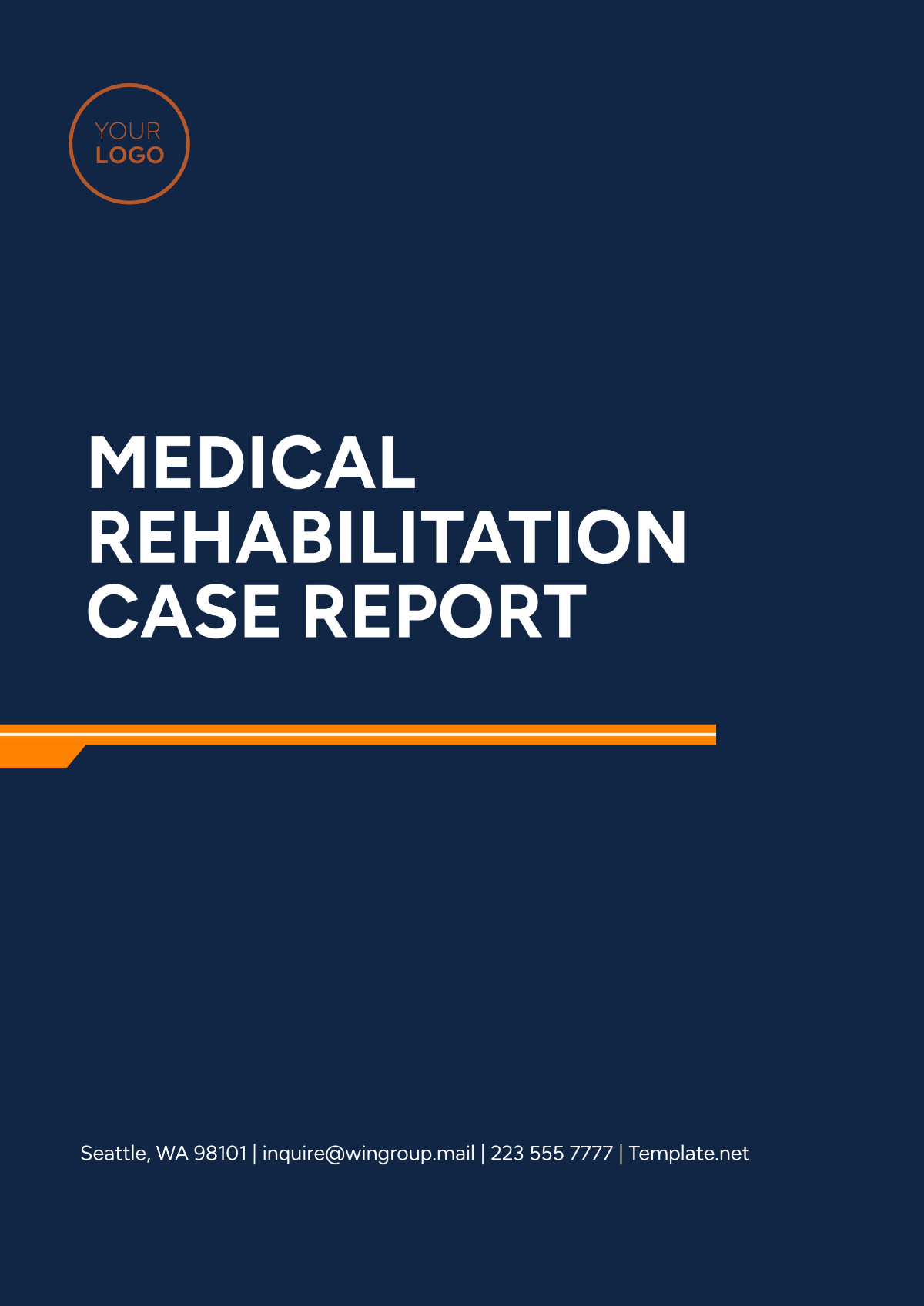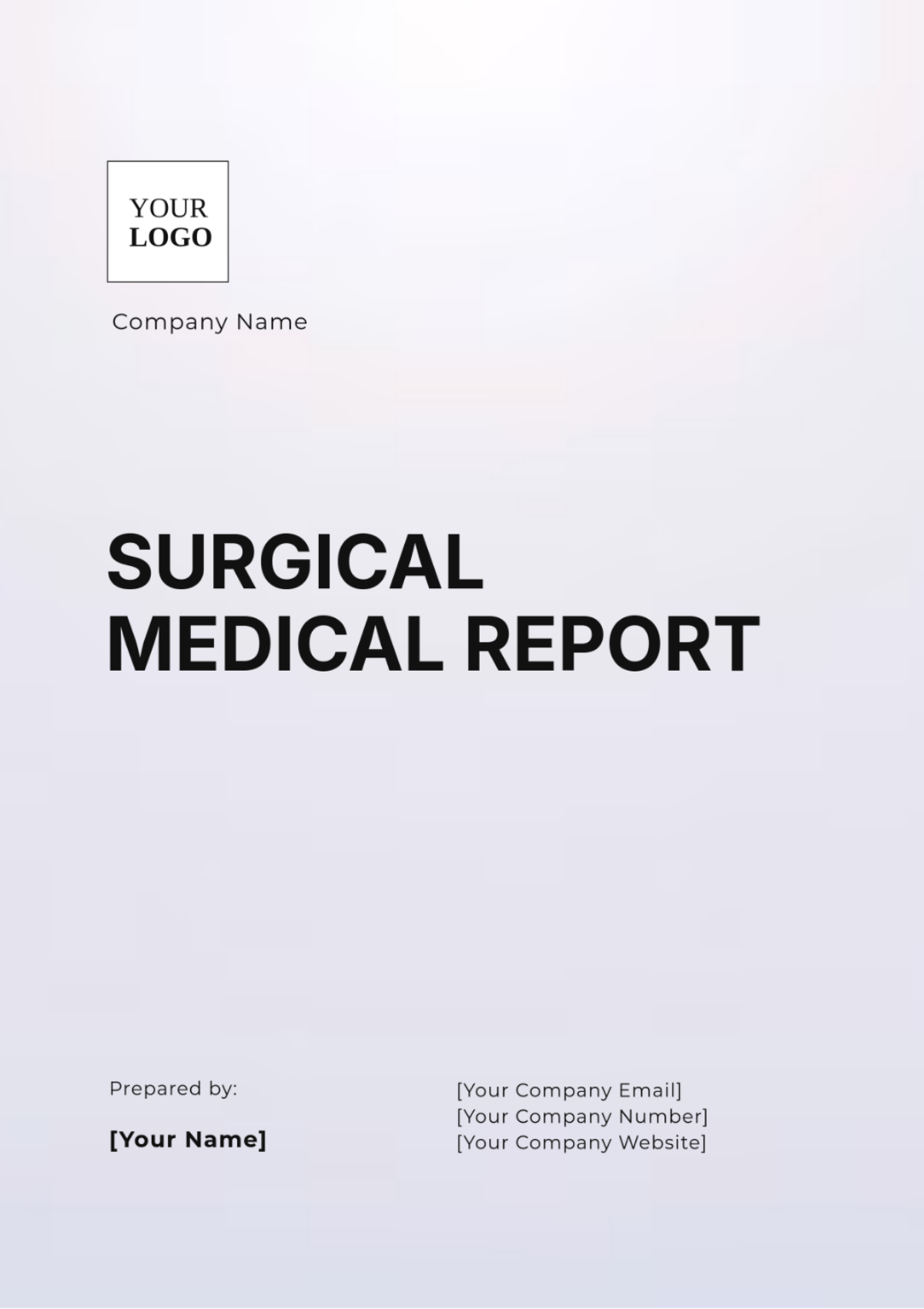Pathology Case Report
Date: June 12, 2070
Case Report Title: Rare Presentation of Hemangiosarcoma in a 35-Year-Old Patient
Authors
Dr. Alex Carter, MD
Dr. Jamie Nguyen, MD
Department of Pathology, Starlight Medical Center
1. Abstract
This report discusses a rare case of hemangiosarcoma diagnosed in a 35-year-old male patient presenting with abdominal pain and persistent fatigue. Diagnostic challenges and histopathological findings are detailed, highlighting the atypical presentation of this malignancy. Treatment protocols and patient outcomes are also discussed to aid in managing similar cases in the future.
2. Introduction
Hemangiosarcoma is an aggressive malignancy that originates from endothelial cells and is most commonly found in elderly patients. The unusual presentation in a younger patient emphasizes the need for a detailed diagnostic approach and awareness of rare manifestations. This case highlights the role of advanced imaging and histological analysis in diagnosing and managing rare tumors.
3. Case Presentation
Patient Information:
Name: John M. Roberts
Age: 35
Gender: Male
Date of Admission: April 20, 2070
Primary Complaint: Persistent abdominal pain, weight loss, and fatigue
Medical History:
Clinical Findings:
Physical Examination: Mild abdominal tenderness, notable pallor, and weight loss of approximately 5 kg over three months.
Vital Signs: BP: 110/70 mmHg, HR: 85 bpm, Temp: 98.6°F
4. Diagnostic Assessment
Laboratory Tests:
CBC showed anemia with Hb of 9.2 g/dL.
Elevated liver enzymes (AST: 120 U/L, ALT: 130 U/L).
LDH levels were elevated at 290 U/L.
Imaging Studies:
Ultrasound (April 22, 2070): Revealed multiple hypoechoic lesions in the liver.
CT Scan (April 25, 2070): Showed a 6 cm irregular mass in the right hepatic lobe with evidence of vascular involvement.
Histopathological Examination:
Biopsy Date: April 30, 2070
Specimen: Liver mass biopsy
Findings: Microscopic examination showed malignant spindle cells with atypical endothelial differentiation. Immunohistochemistry was positive for CD31 and CD34, supporting a diagnosis of hemangiosarcoma.
Final Diagnosis:
5. Treatment
Initial Management:
Therapeutic Intervention:
Surgery: Partial hepatectomy on May 10, 2070, to remove the primary tumor.
Chemotherapy: Initiated June 1, 2070, with a regimen of doxorubicin and paclitaxel. The patient was closely monitored for toxicity.
Follow-Up and Monitoring:
July 1, 2070: Follow-up imaging showed no residual disease in the liver but suggested possible small metastases in the lungs.
Ongoing Plan: Continuation of chemotherapy with periodic imaging to monitor metastatic lesions.
6. Outcome and Follow-Up
The patient tolerated the surgery and chemotherapy with manageable side effects, including fatigue and mild nausea. Regular follow-up imaging is planned to monitor the effectiveness of the treatment and detect any recurrence early. Although the prognosis remains guarded due to the aggressive nature of hemangiosarcoma, the initial response to treatment is promising.
7. Discussion
This case underlines the diagnostic challenges of hemangiosarcoma in younger patients. The liver is an uncommon primary site, and presentation in a 35-year-old is rare. This report emphasizes the importance of considering rare malignancies in differential diagnoses for atypical cases. Future studies should explore the potential of targeted therapies to improve outcomes in similar cases.
8. Conclusion
This case underscores the need for a multidisciplinary approach in diagnosing and treating rare malignancies such as hemangiosarcoma. Early detection and timely intervention are crucial for improving patient prognosis. Continued research on targeted therapies and management strategies will be essential to advance the care for patients with aggressive vascular tumors.
References
Smith, L. et al. (2068). Primary Hepatic Hemangiosarcoma: A Clinical Review. Journal of Rare Tumors, 12(3), 145-152.
Rodriguez, A. et al. (2069). The Role of Immunohistochemistry in Diagnosing Vascular Malignancies. Pathology Research Journal, 20(5), 225-233.
Report Templates @ Template.net
